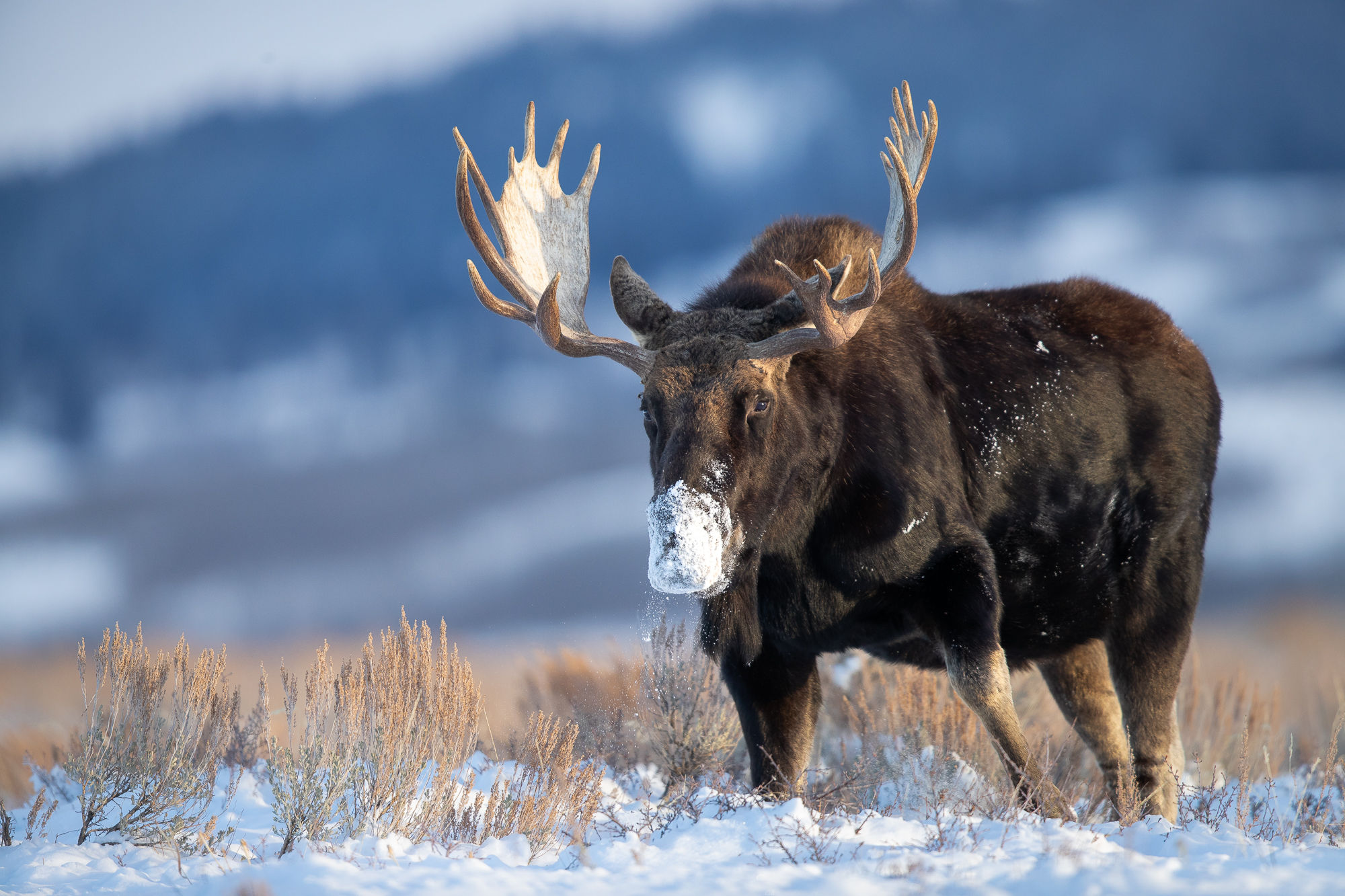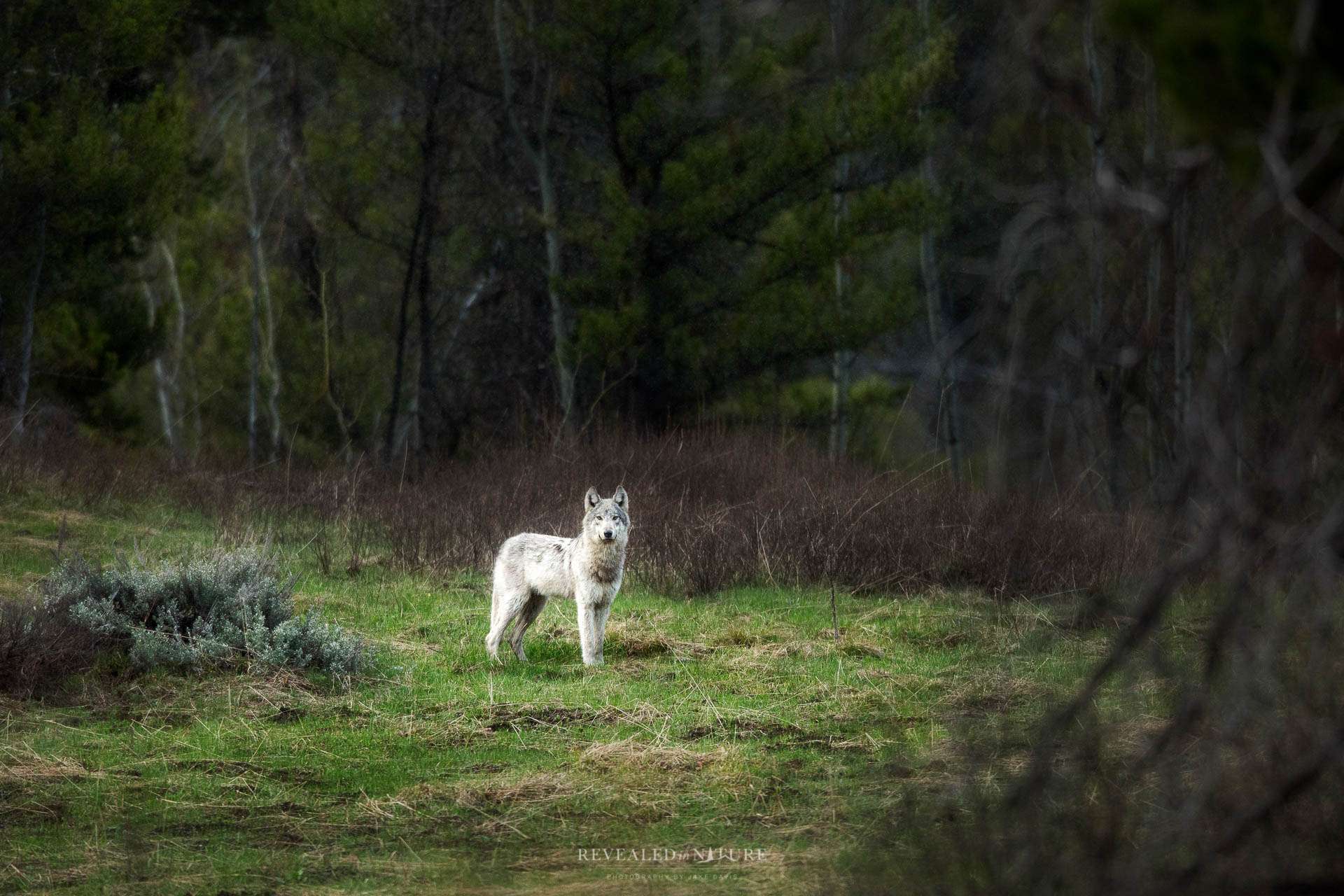A dead whitebark pine stands alone in an alpine meadow. Whitebark pine is considered a keystone species because of how many species rely on the cones it produces. This tree is one of thousands which have succumb to the recent mountain pine beetle epidemic. Over 80% of the stands in the Greater have dead trees in them.
Research has shown that a remarkable variety of species rely on the nutritious seeds produced by the pine cones. Red squirrels relentlessly harvest and cache the cones and seeds during the summer months. Shortly after, grizzly and black bears spend weeks raiding the cones from them. In 2009, a federal judge overruled an attempt to delist the grizzly bear, primarily on the basis of the decline in whitebark pine. The importance of these cones reaches far beyond bears and squirrels. Clark’s nutcrackers, chickadees, nuthatches, and woodpeckers are among the many others that rely on these seeds.














